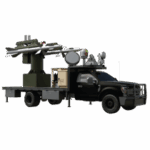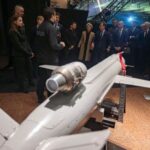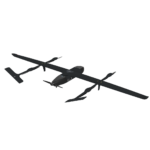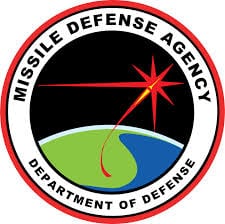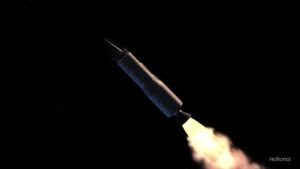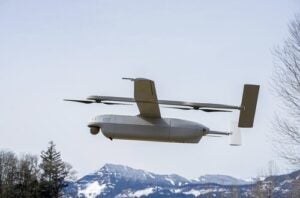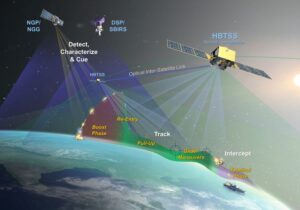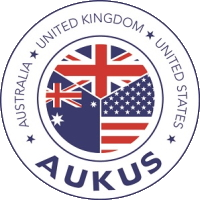
The Pentagon this week said the Defense Innovation Unit (DIU) is launching a new trilateral prize challenge focused on using offensive and defensive electromagnetic spectrum (EMS) technologies as part of AUKUS Pillar II. AUKUS is the trilateral Australia, U.K., and U.S. agreement to primarily focus on helping Australia acquire nuclear-powered attack submarines in Pillar I. Meanwhile, Pillar II focuses on increasing the sharing of other technologies while integrating and strengthening their defense industrial bases and supply chains. The. U.S. Department…

 By
By 